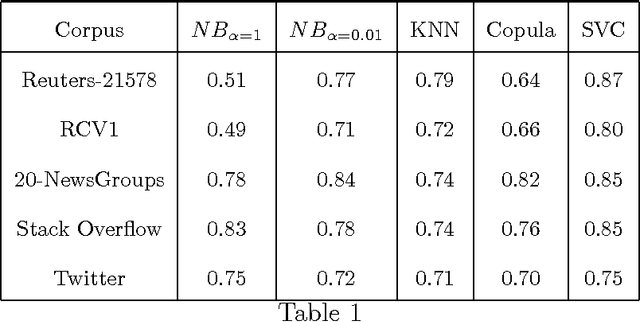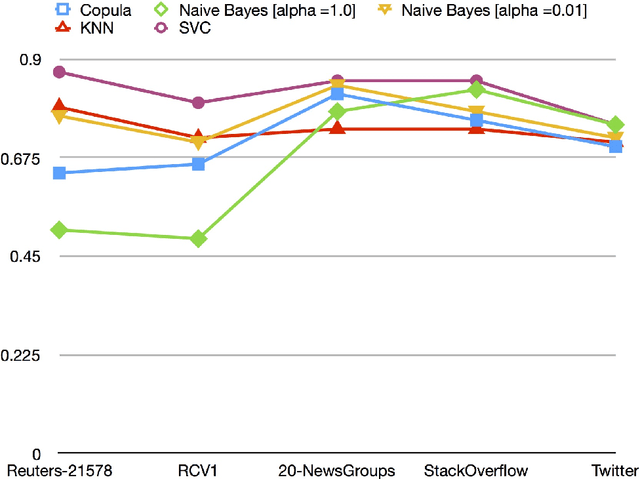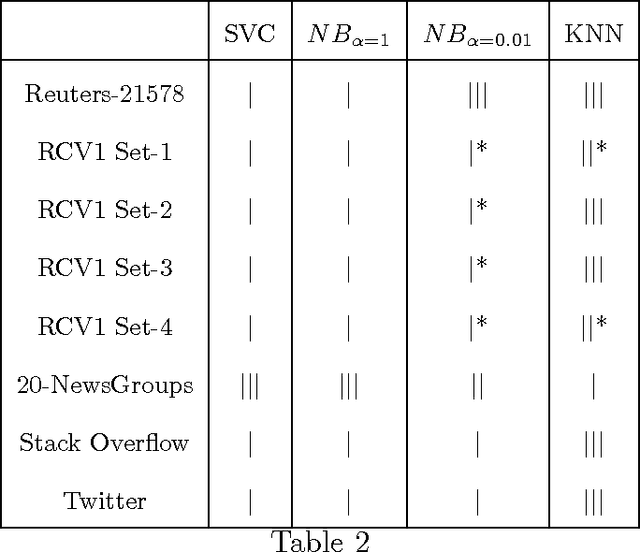Sounak Banerjee
Estimating cognitive biases with attention-aware inverse planning
Oct 29, 2025Abstract:People's goal-directed behaviors are influenced by their cognitive biases, and autonomous systems that interact with people should be aware of this. For example, people's attention to objects in their environment will be biased in a way that systematically affects how they perform everyday tasks such as driving to work. Here, building on recent work in computational cognitive science, we formally articulate the attention-aware inverse planning problem, in which the goal is to estimate a person's attentional biases from their actions. We demonstrate how attention-aware inverse planning systematically differs from standard inverse reinforcement learning and how cognitive biases can be inferred from behavior. Finally, we present an approach to attention-aware inverse planning that combines deep reinforcement learning with computational cognitive modeling. We use this approach to infer the attentional strategies of RL agents in real-life driving scenarios selected from the Waymo Open Dataset, demonstrating the scalability of estimating cognitive biases with attention-aware inverse planning.
Re-evaluating the need for Modelling Term-Dependence in Text Classification Problems
Oct 25, 2017



Abstract:A substantial amount of research has been carried out in developing machine learning algorithms that account for term dependence in text classification. These algorithms offer acceptable performance in most cases but they are associated with a substantial cost. They require significantly greater resources to operate. This paper argues against the justification of the higher costs of these algorithms, based on their performance in text classification problems. In order to prove the conjecture, the performance of one of the best dependence models is compared to several well established algorithms in text classification. A very specific collection of datasets have been designed, which would best reflect the disparity in the nature of text data, that are present in real world applications. The results show that even one of the best term dependence models, performs decent at best when compared to other independence models. Coupled with their substantially greater requirement for hardware resources for operation, this makes them an impractical choice for being used in real world scenarios.
 Add to Chrome
Add to Chrome Add to Firefox
Add to Firefox Add to Edge
Add to Edge